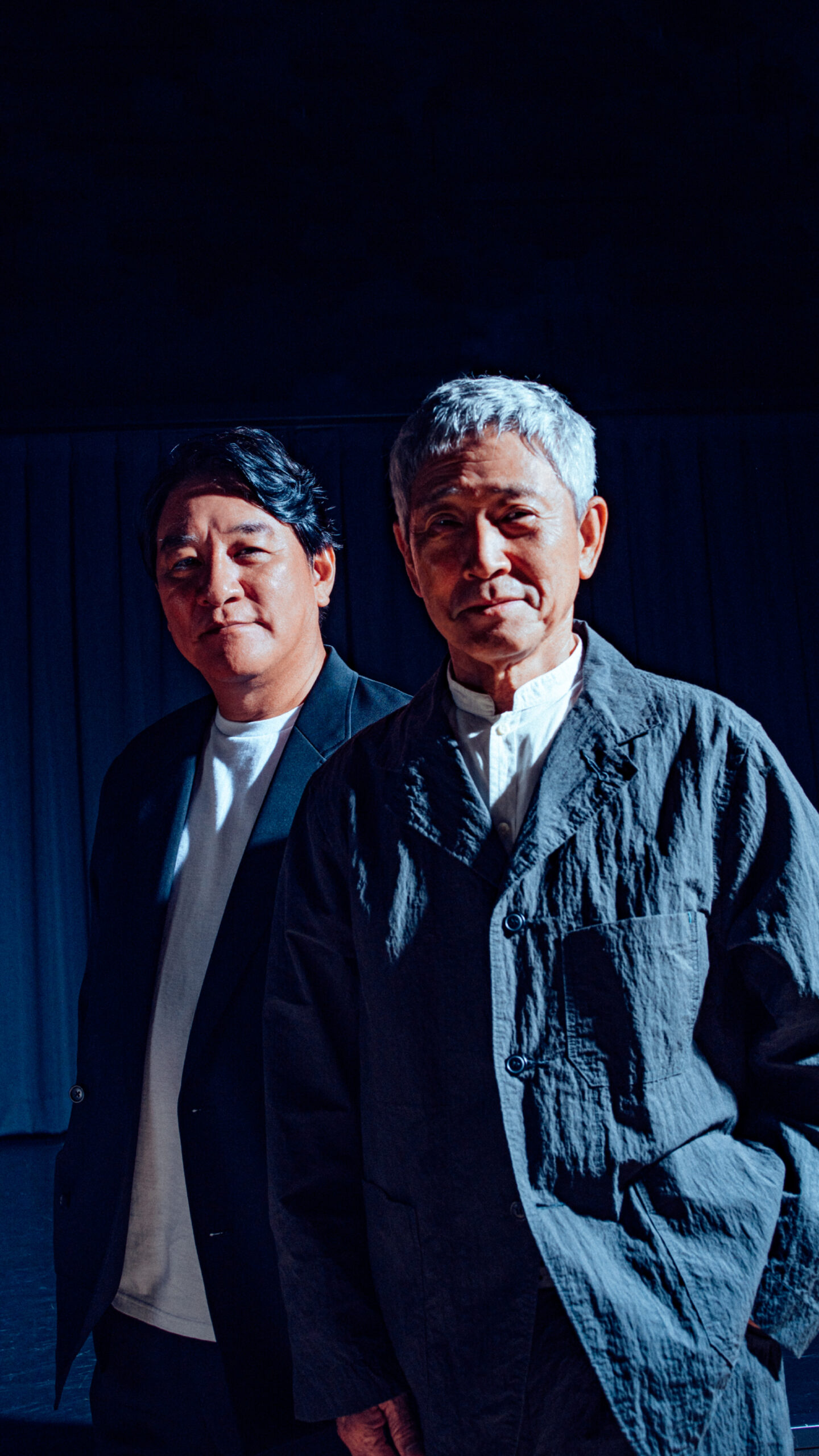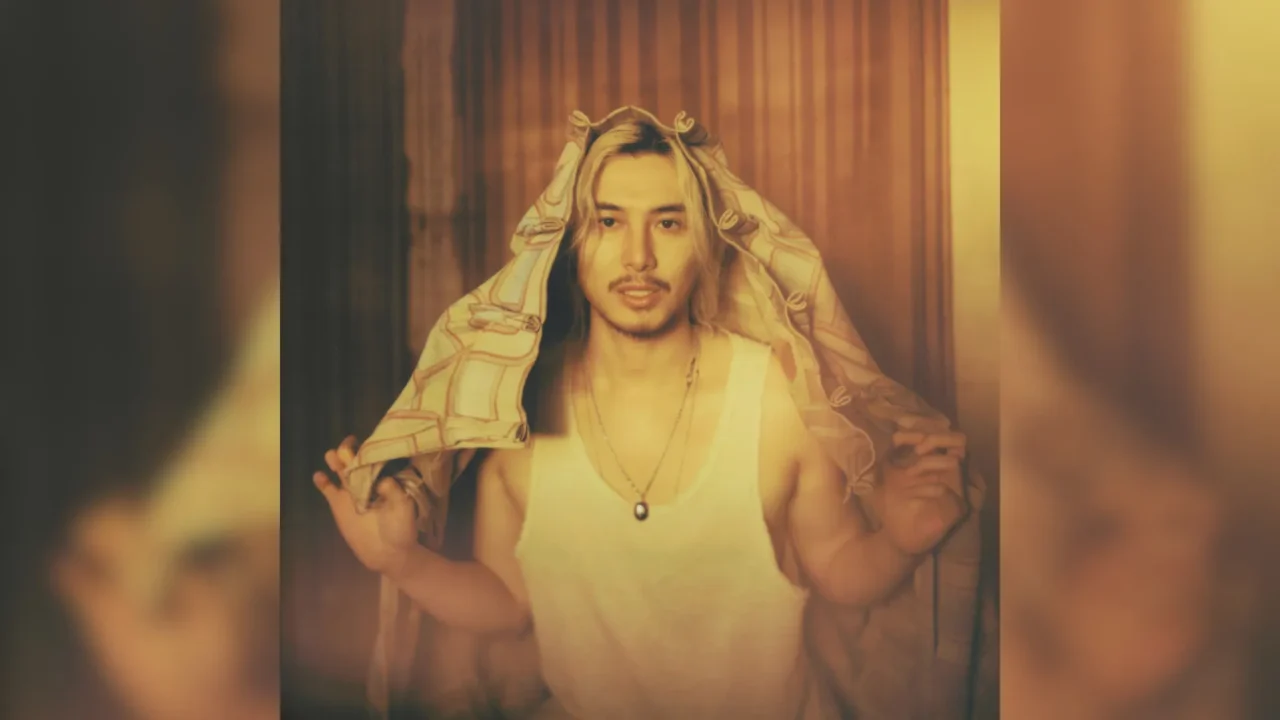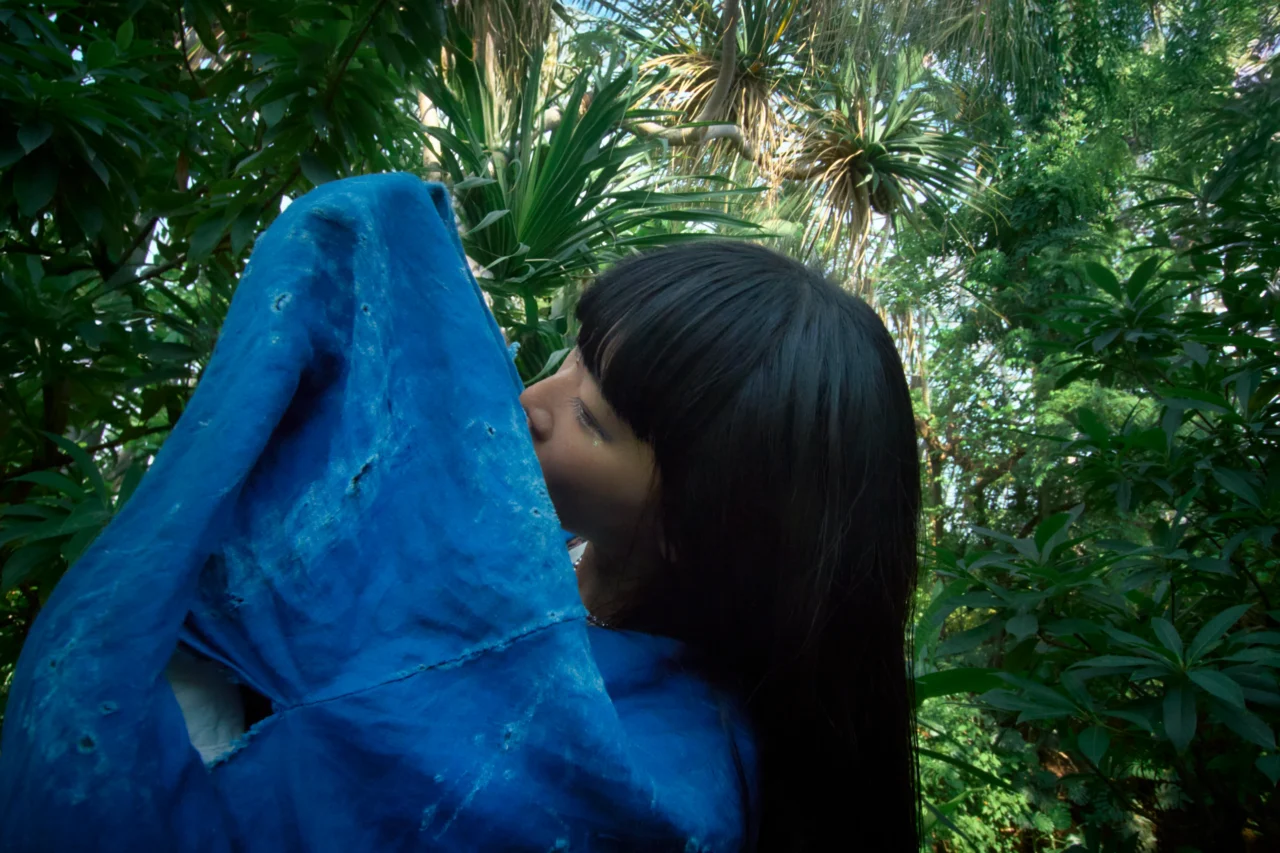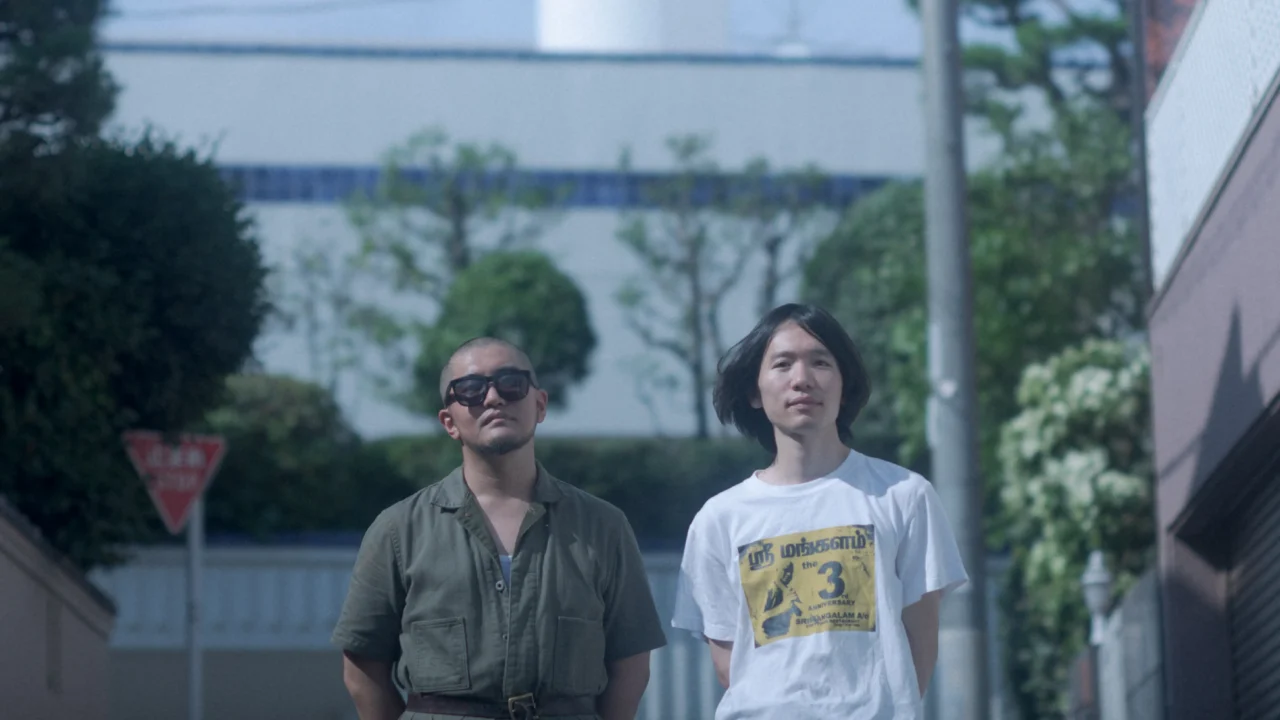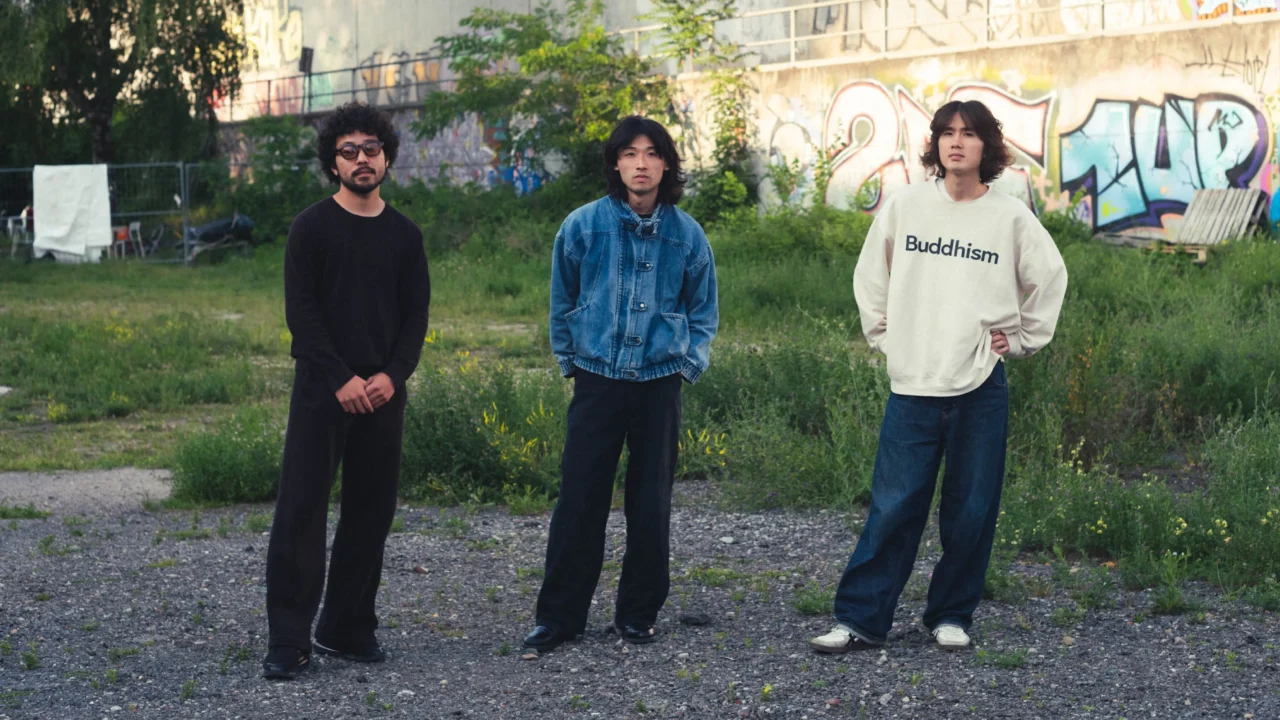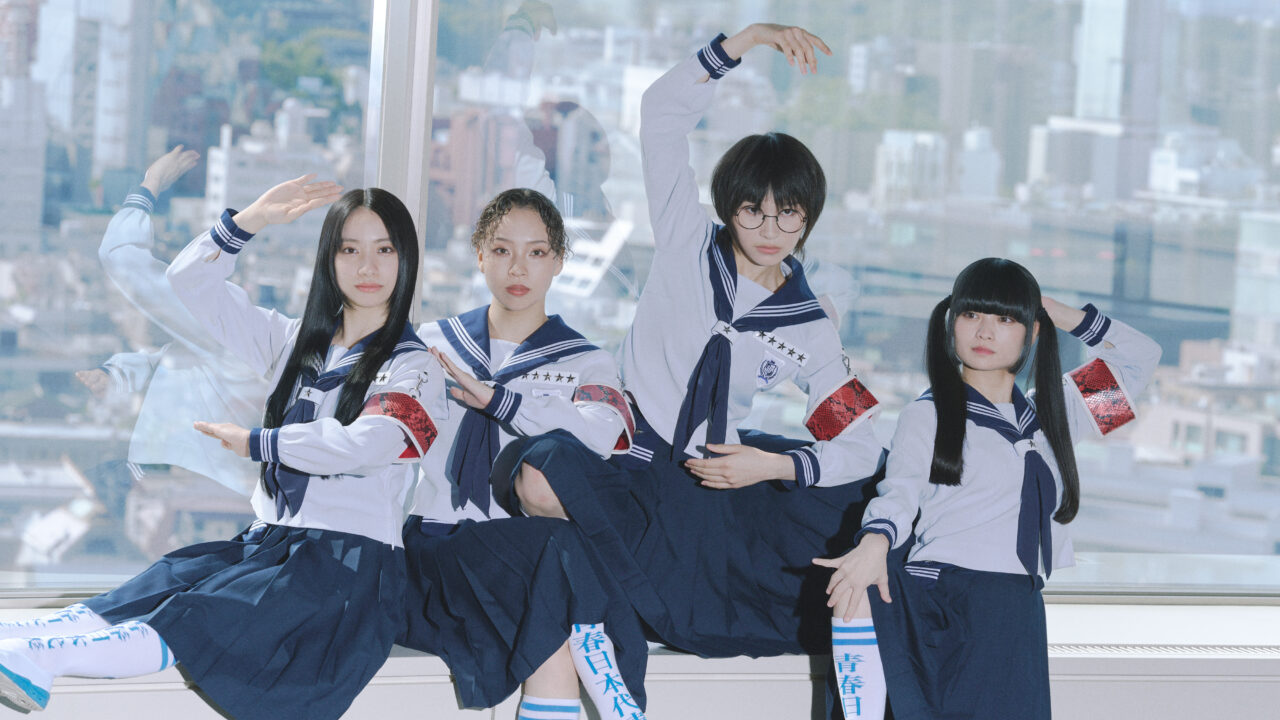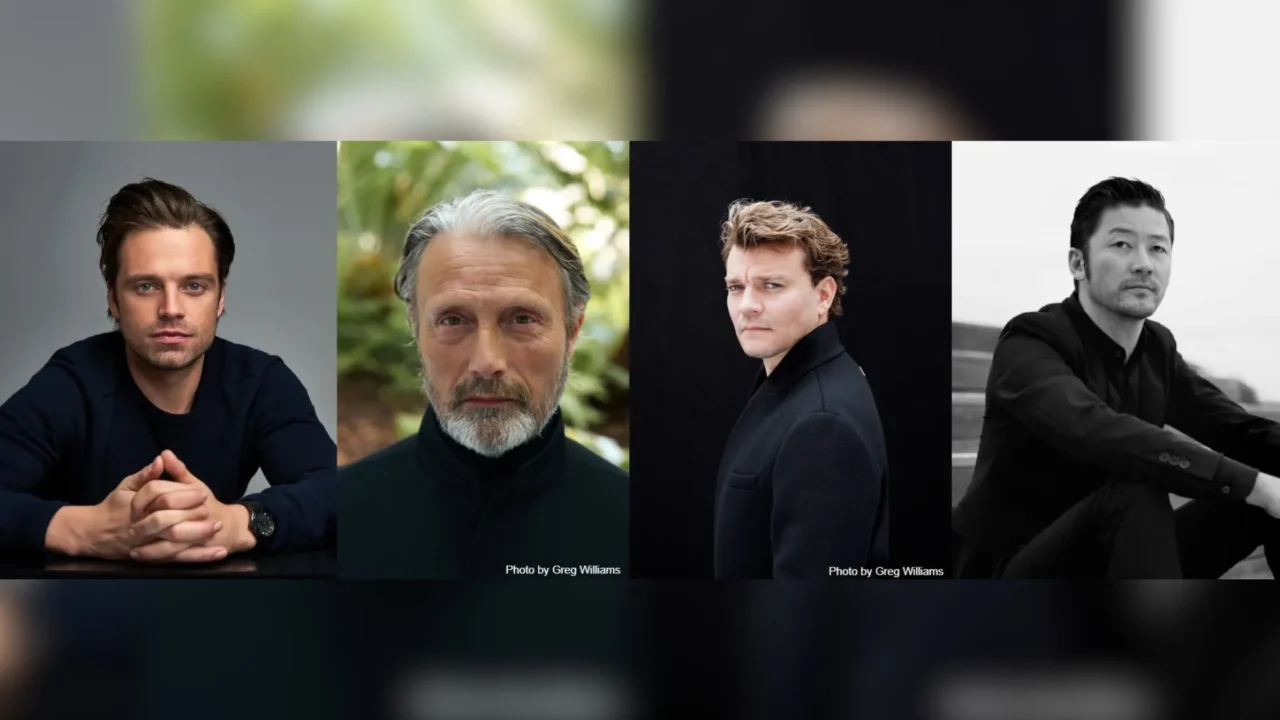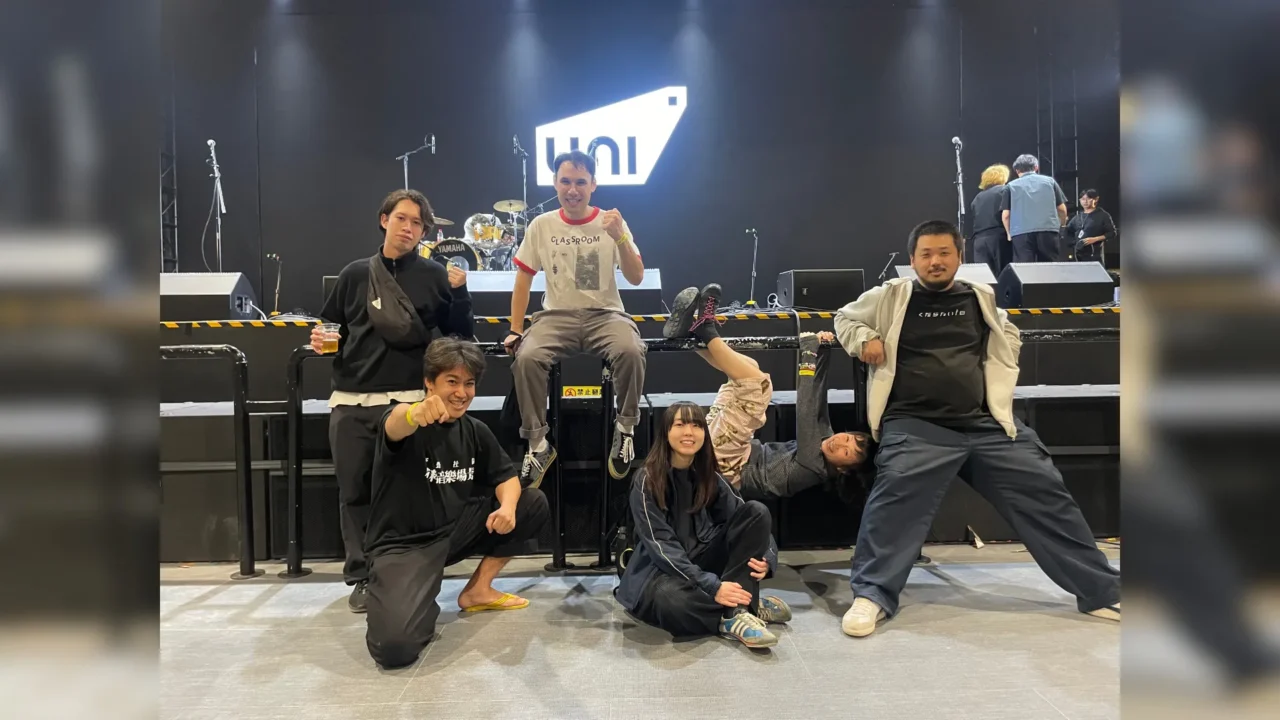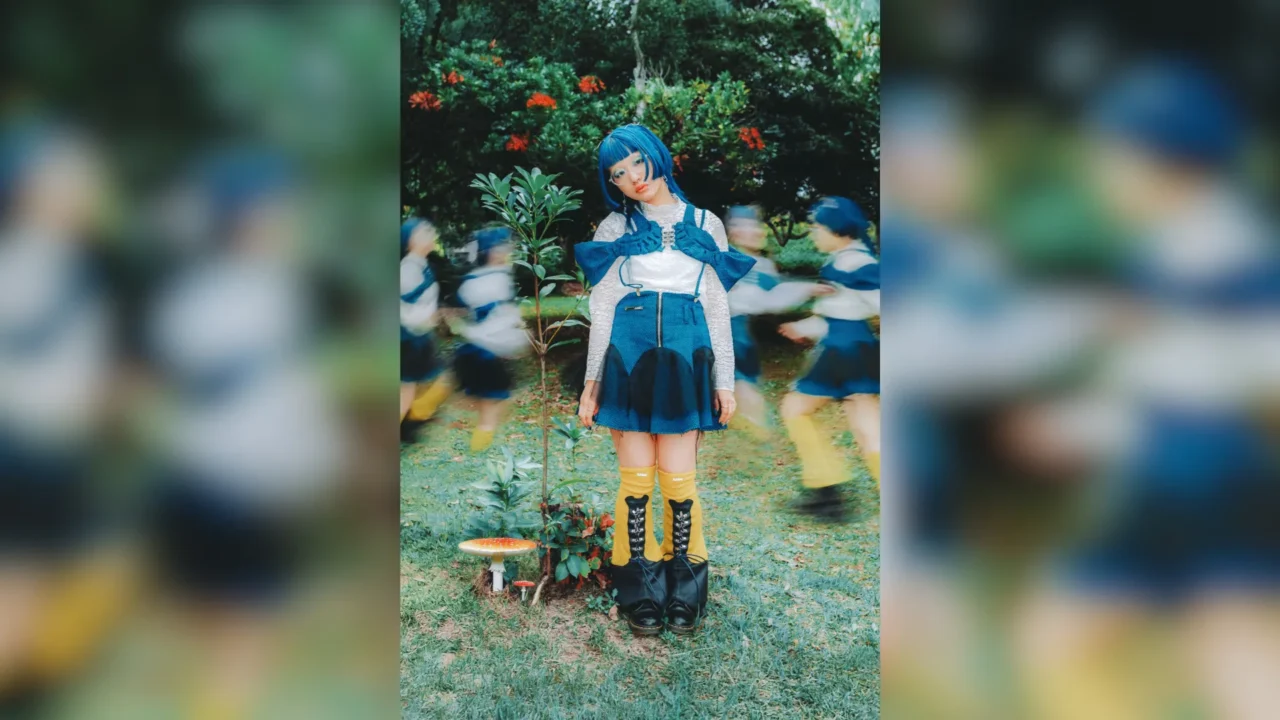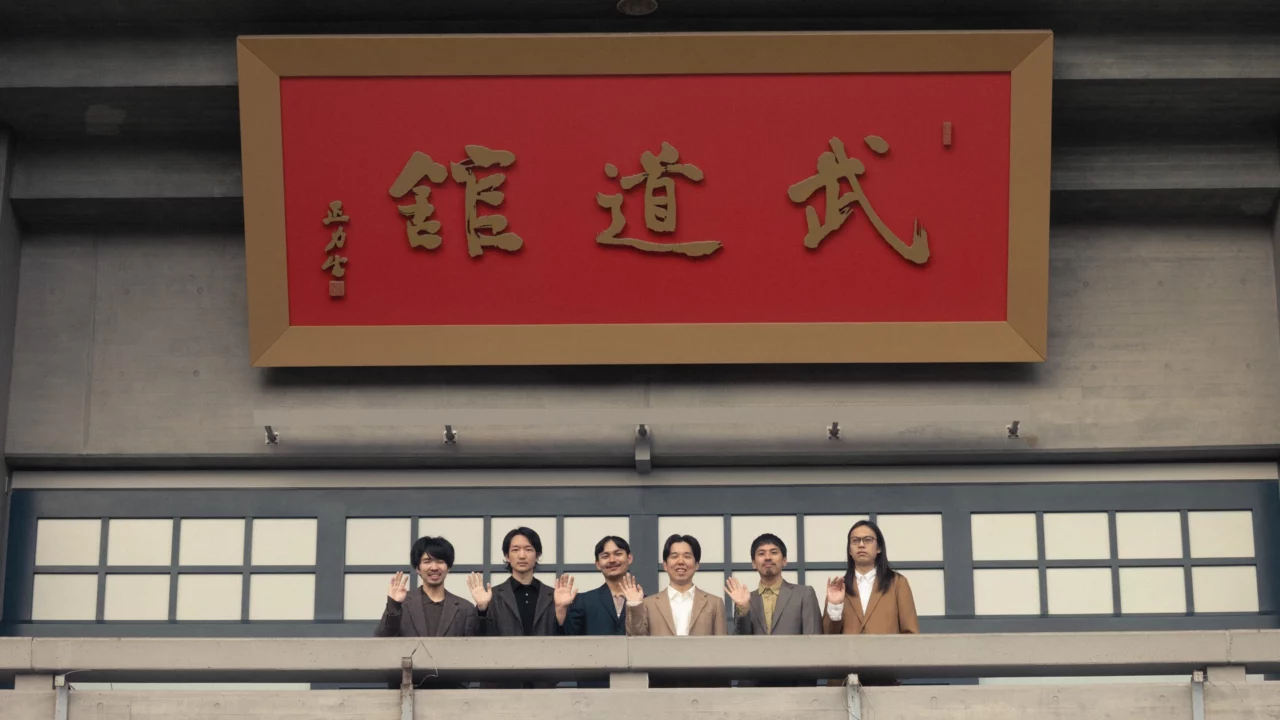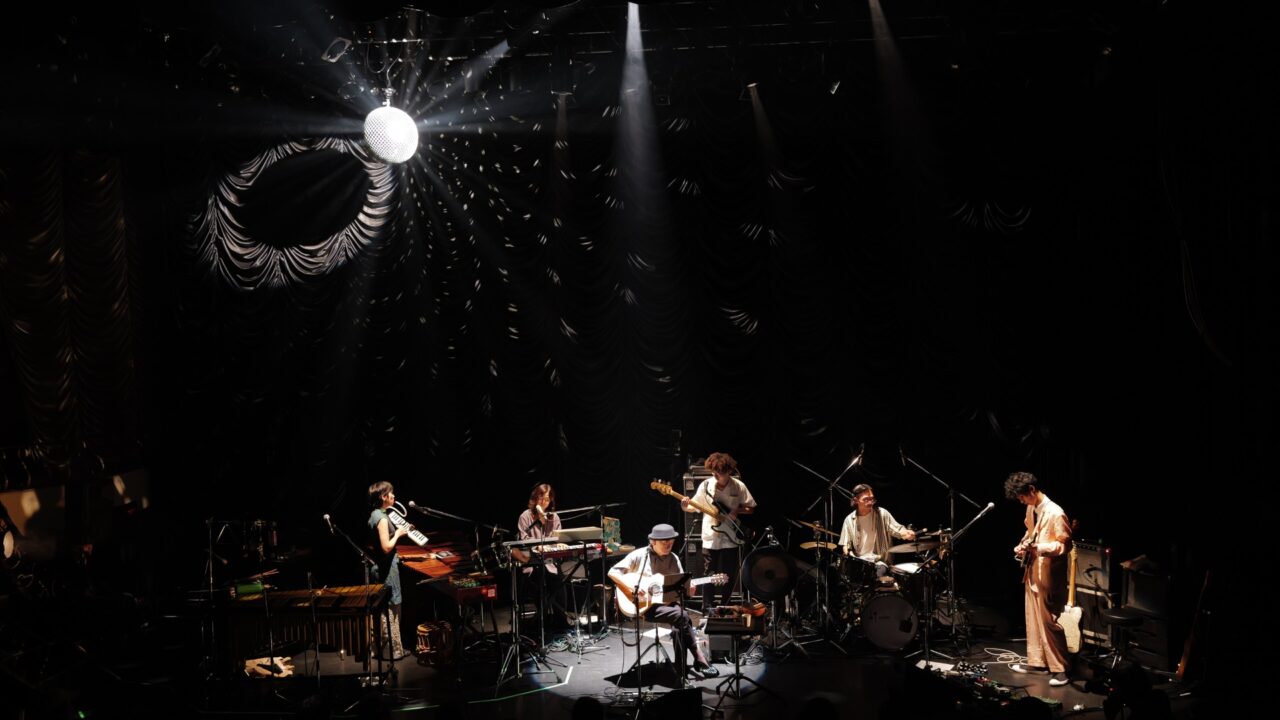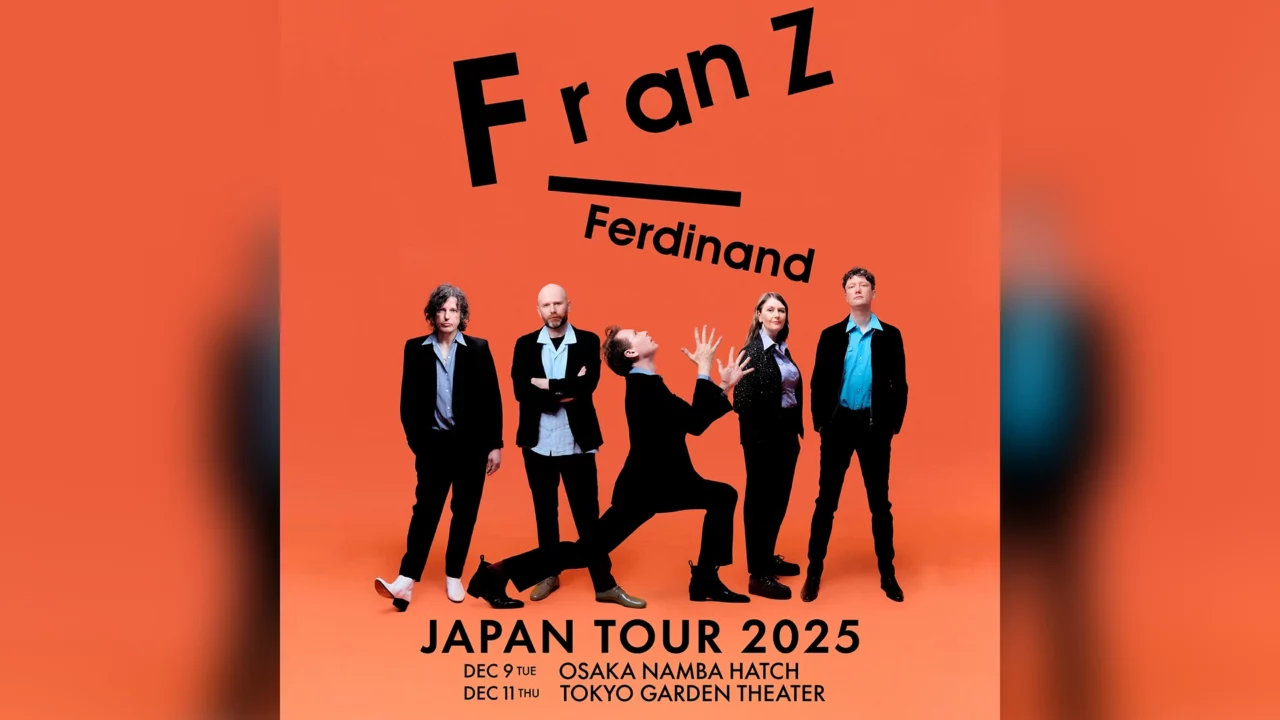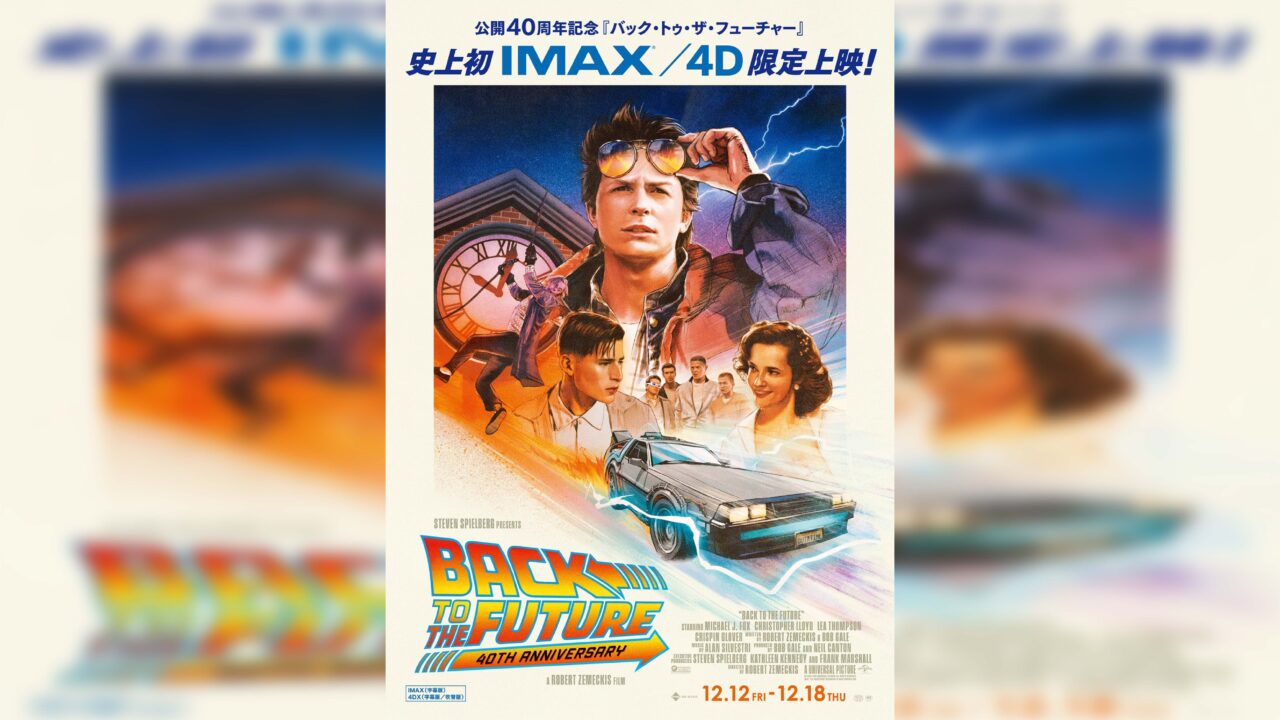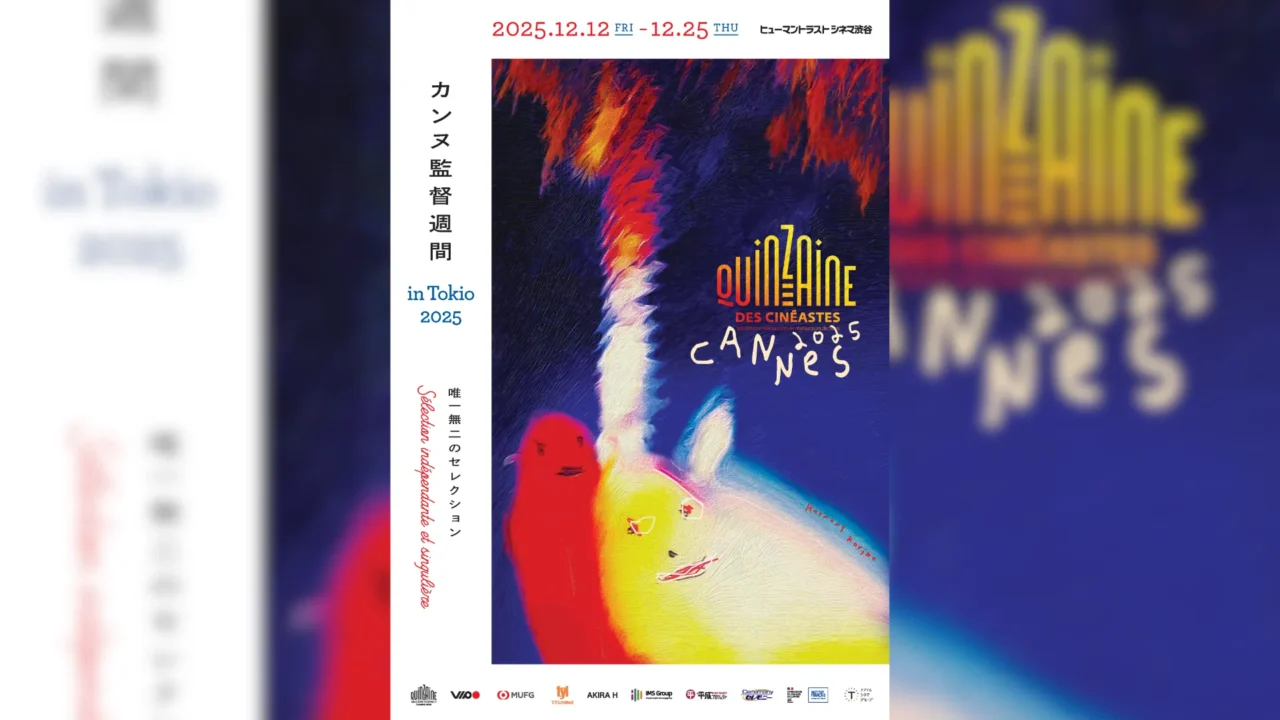In 2021, the anime Odd Taxi captured audiences and sparked conversation. Now, director Mugi Kinoshita and screenwriter Kazuya Konomoto reunite for their first original feature-length animation, The Last Blossom.
The story follows Akutsu, an elderly former yakuza confined to a solitary prison cell, his body weakened by illness. Beside him grows a single, unusual plant—Hōsenka Flower—which, inexplicably, can speak. Legend has it that only newborns and those nearing death can hear its voice. Through their quiet conversations, Akutsu begins to revisit his past. Scenes of the economic bubble and yakuza life emerge, yet his story unfolds with careful, understated detail, and from these intimate reflections, a profound drama takes shape.
Akutsu is voiced by Kaoru Kobayashi, while Hōsenka Flower comes to life through Pierre Taki. Their exchanges within this confined space drive the story with unusual intensity. The cast also includes Junki Tozuka, Hikari Mitsushima, and Yoshiko Miyazaki, while the music of cero adds subtle color to the world.
Kobayashi and Taki share their thoughts on the challenges of voice acting, the connections between classic Japanese cinema and this new work, and the significance of portraying “selfless love” in a world driven by numbers. Early on, Kobayashi asked the director, “Who is this film for?” After seeing the completed piece, what hopes and emotions lingered in his heart?
INDEX
Voicing a Dying Man and a Talking Flower: Imagining Hōsenka Flower as “An Alien”
So this time, the recording was just the two of you?
Kobayashi: Since the protagonist Akutsu is in his final moments, locked in a solitary cell, most of the scenes are just him and Hōsenka Flower. The other characters don’t really come into play, so I think the director felt it would be best to focus on the interaction between the two of us.
Pierre Taki: I remember being told, “Today’s recording is with Kobayashi-san,” and when I arrived at the studio and greeted him, we immediately went into the booth and started.
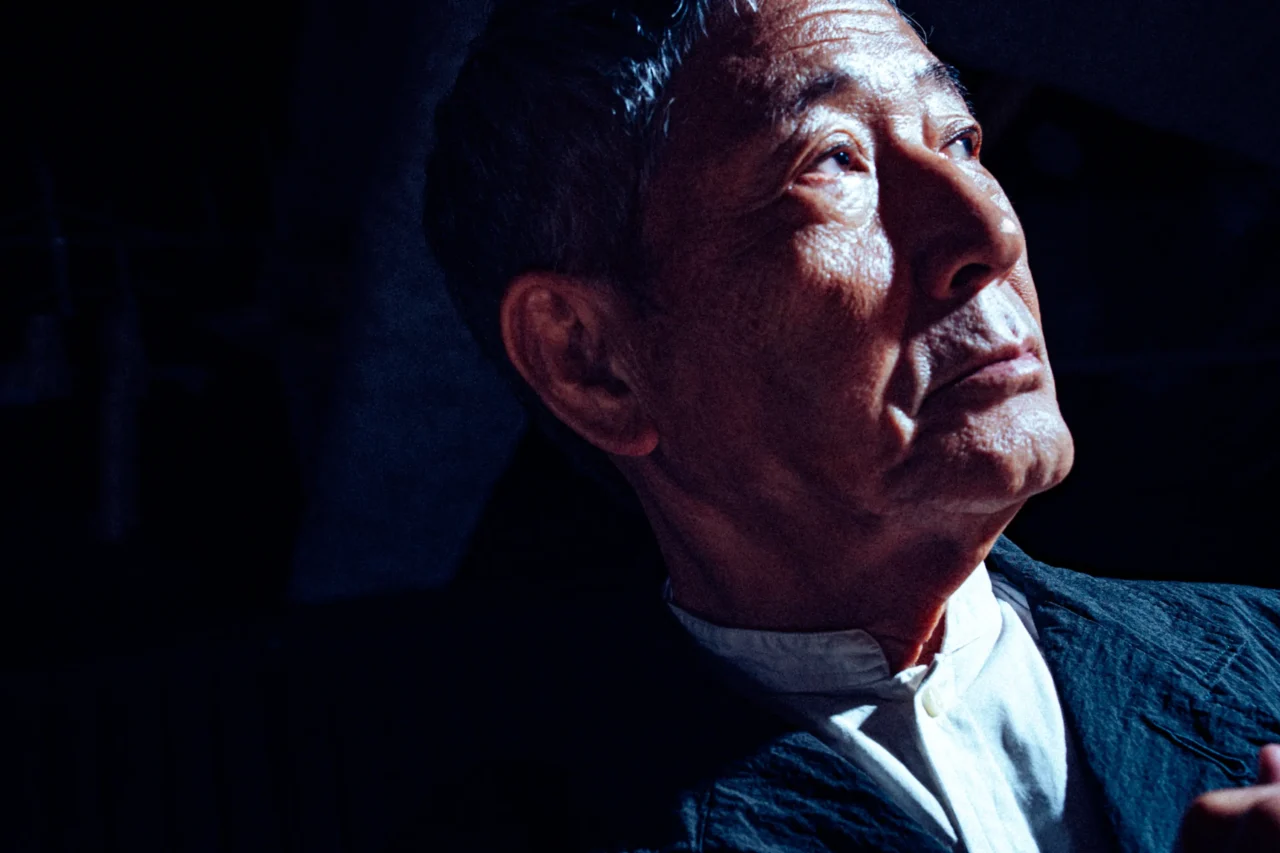
Born in 1951 in Kyoto Prefecture. From 1971 to 1980, he was a member of Jōkyō Gekijō, the theater troupe led by Jūrō Kara. His notable works include the Midnight Diner series, the drama series Naniwa Kin’yūdō, and the film Sham.
You each played very different characters — a dying elderly man and a talking flower. Was it difficult to sync your performances?
Kobayashi: From my perspective, I think it was probably more challenging for Pierre. In live-action work, we’re used to having makeup, costumes, a set to enter, a director and co-actors—all of that support helps you perform. When you’re suddenly standing in front of just a microphone with nothing else, it’s harder to feel like you’re “acting.” You have to remember that the ones actually acting are the characters inside the animation. In that sense, I think it was more difficult to find the right energy and tone for the anthropomorphized Hōsenka Flower than for Akutsu, a real human being.
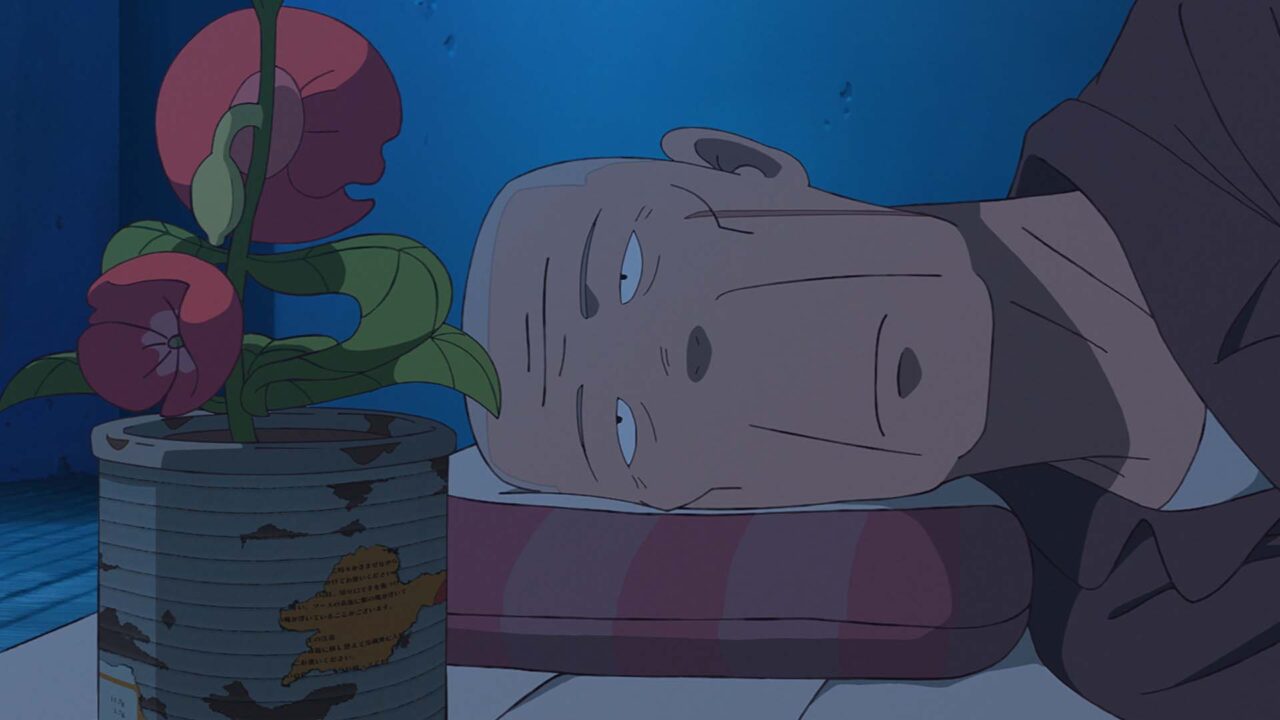
Pierre Taki: The character Hōsenka Flower in this film can be interpreted in many ways. It can come across as a highly enlightened, almost transcendent being, or it can be played as genuinely cute. You could even see it as an alien from space, observing Earth and thinking, “I don’t really understand this planet, but humans are strange.” I presented these three approaches to the director, and in the end, the “alien-like” interpretation was chosen. Since the character has no ears, nose, or mouth, you can’t read its expressions, so I spoke with a kind of dry, extraterrestrial distance—honestly but without overdoing it. It’s a borrowed voice, in a sense — I tried not to make it too cute and to hold back as much emotion as possible.
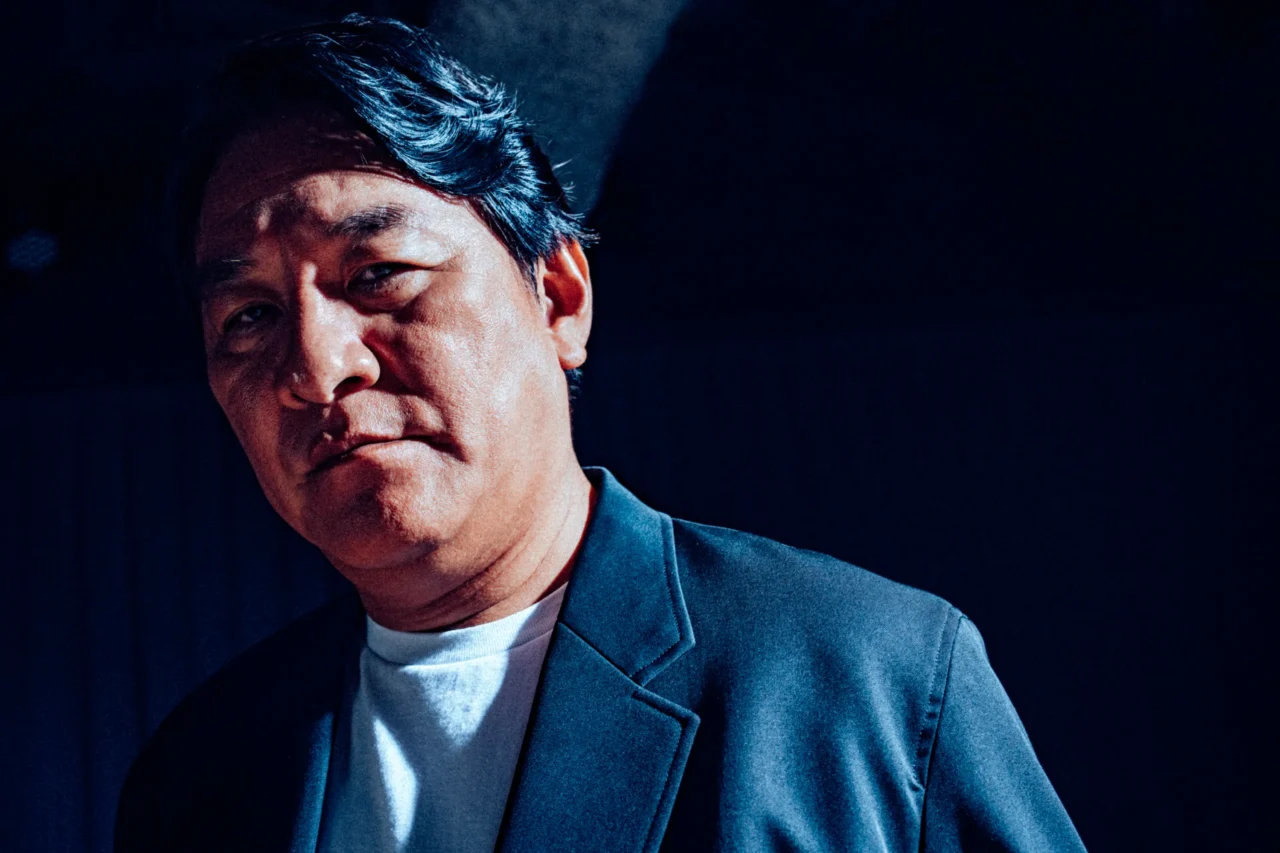
Born April 8, 1967, in Shizuoka Prefecture. In 1989, he co-founded the band Denki Groove with Takkyū Ishino and has been active as a musician, while also pursuing a career as an actor. His notable works include Twisted Justice, A Man Called Pirate, Outrage Coda, Sunny, and The Blood of Wolves.





